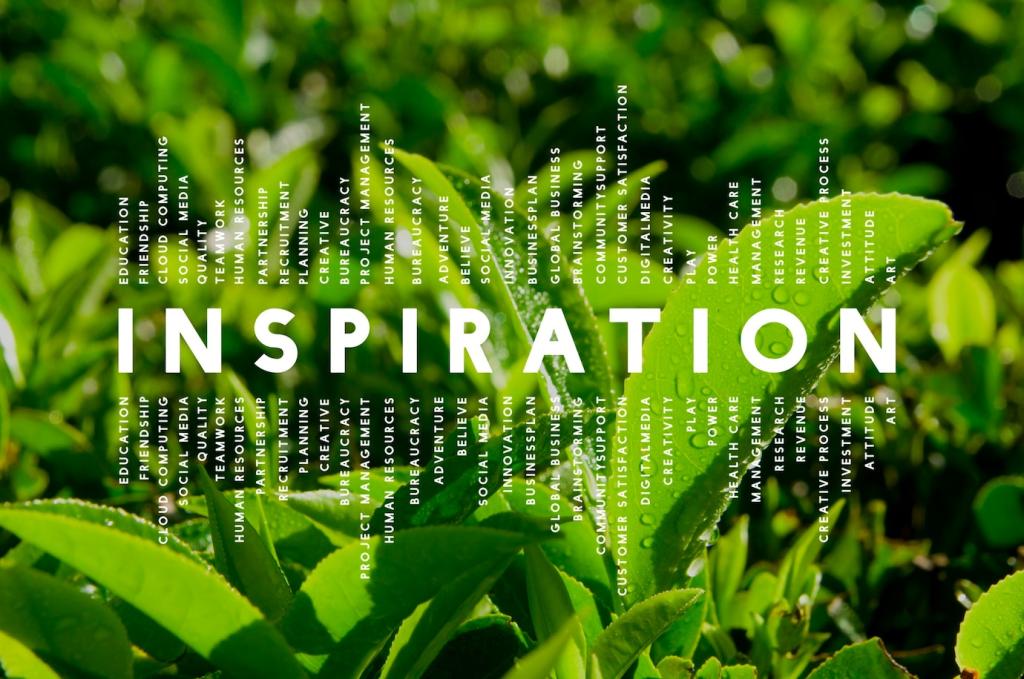Mycelium—the vegetative part of mushrooms—offers a fascinating, renewable resource for creating leather-like materials. Grown on agricultural byproducts, mycelium textiles can be engineered to possess the same durability, texture, and pliability as animal leather. The production process is remarkably efficient, yielding materials in weeks rather than years and utilizing a closed-loop system that minimizes waste. Major luxury and commercial brands are now embracing mycelium leather for shoes, bags, and even outerwear. This innovation not only removes animal suffering from the equation but also drastically lowers water consumption and greenhouse gas emissions, redefining luxury as both beautiful and humane.
Fruit waste, once destined for disposal, is now transformed into highly functional leather alternatives. Companies extract fibers and cellulose from discarded apple peels, grape skins, or pineapple leaves, converting them into flexible materials that closely resemble traditional leather. These fruit-based alternatives are lightweight, biodegradable, and often naturally colored, eliminating the need for toxic dyes. They offer a solution that supports the entire agricultural supply chain by finding high-value uses for byproducts. As fashion houses seek materials that balance ethics and aesthetics, fruit-based leathers bring creativity and environmental consciousness together in one seamless, stylish package.
The frontier of lab-grown protein leathers utilizes advanced biotechnology to craft materials with the same molecular structure as animal hides, but with none of the associated drawbacks. By fermenting yeast or bacteria, scientists produce collagen that is then assembled into durable, customizable sheets of leather-like material. This process foregoes the resource-intense, ecologically harmful practices of animal agriculture, requiring less land and offering precise control over the final product’s properties. The resulting materials boast exceptional consistency and texture, attracting interest from both established and emerging designers. Lab-grown protein leathers underscore a shift toward biofabrication, offering a vision of fashion that is both futuristic and fundamentally sustainable.



